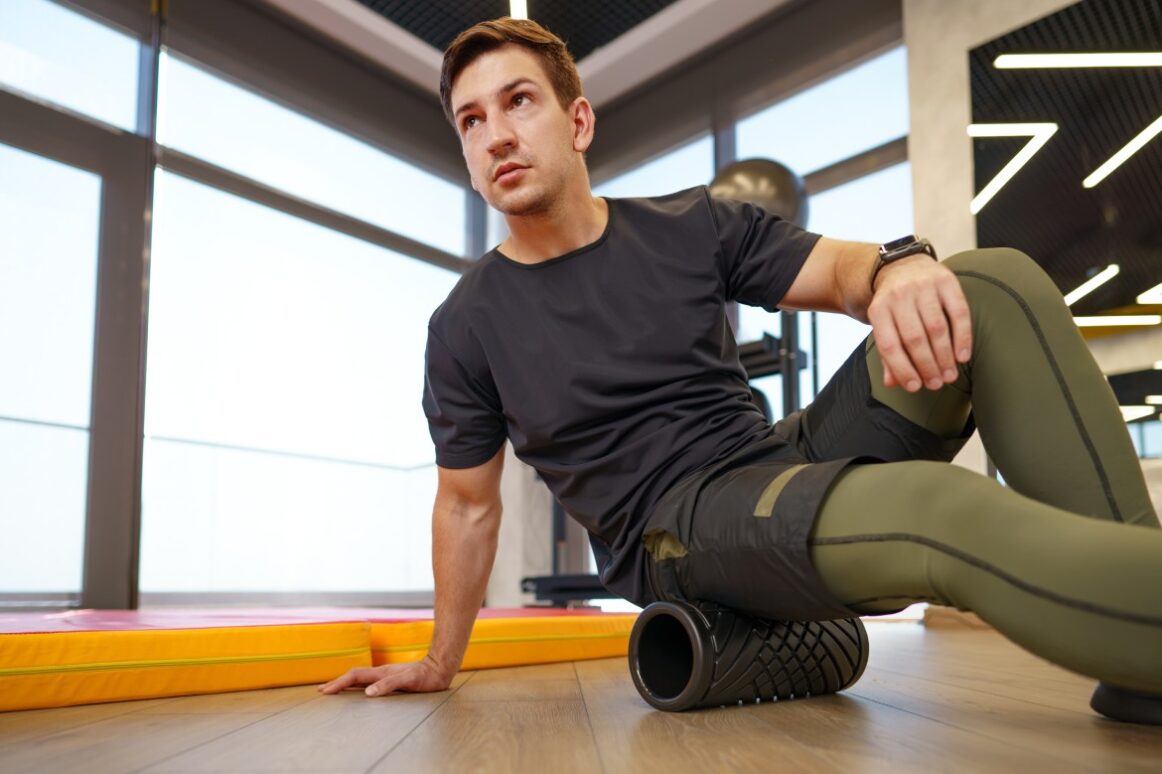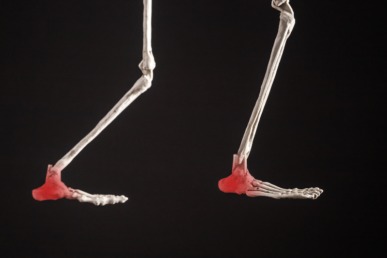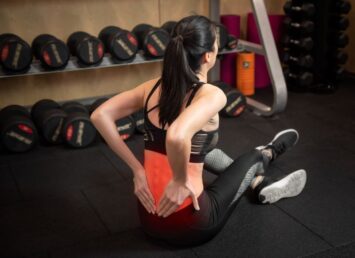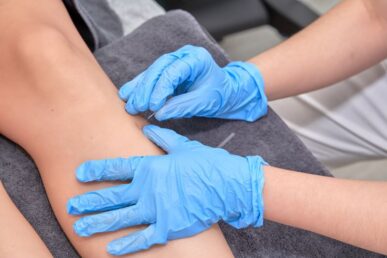Sports injuries are thieves, stealing time, comfort, and your favorite activities from your life. The faster you can move past them, the faster you can get back to your professional sport, weekend warrior schedule, or regular pick up games with friends. One accessible, easy-to-use, and effective way to speed up healing is to use foam rolling. This self-guided way to accomplish myofascial release can help you to address muscle tightness, reduce soreness and improve your flexibility. Here is a look at how to use this approach to speed up your healing.
Understanding Foam Rolling
Before you learn how to most effectively leverage foam rolling to heal your sports injury, you should understand what it is. This approach is relatively simple, incorporating a foam tube into exercises to relieve muscle tightness and soreness in the affected area.
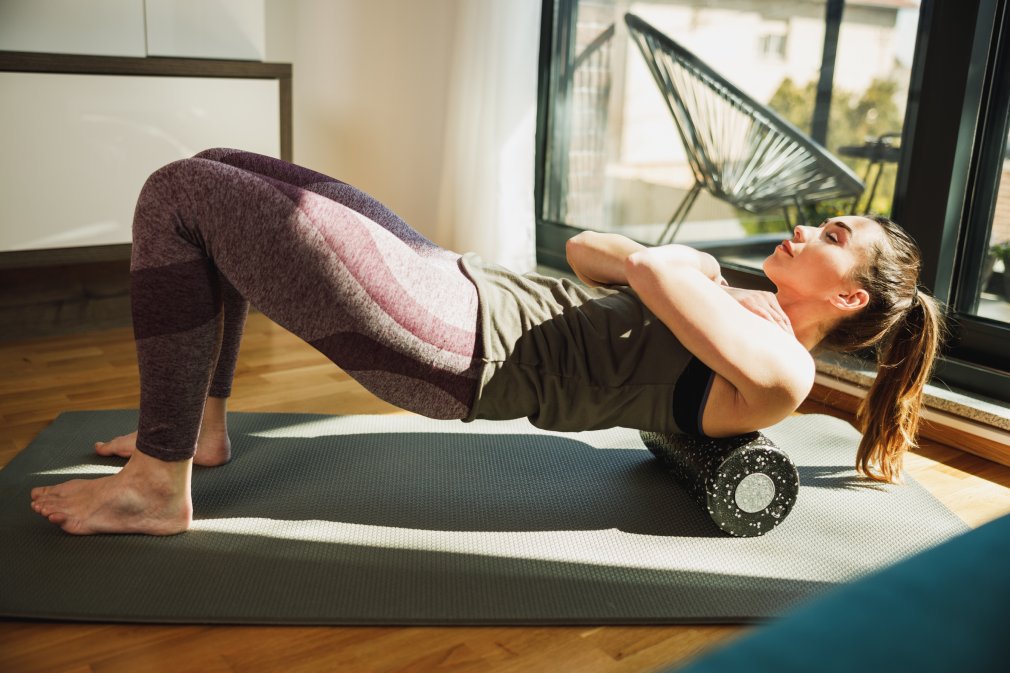
This approach is considered a self myofascial release, meaning that you can use this approach on your own, or under the guidance of a sports medicine professional, to relax the connective tissues around the muscles and bones in your body (called the fascia).
Myofascial approaches, such as foam rolling, use pressure to target areas where the fascia is tight or restricted. This pressure releases the tightened area and encourages the flow of blood and the free movement of the affected area. You can complete foam rolling on your own or, often, in the presence and under the guidance of a skilled sports medicine chiropractor who can assist you in identifying the areas that need treatment and the exercises that can help.
The Benefits of Foam Rolling For Sports Injury Recovery
Foam rolling, when used correctly and effectively, can have significant positive effects on the body – Even before you experience a sports injury. Here is a look at some of the ways in which this approach can heal and strengthen your body, both addressing and preventing injuries.
Reduce Muscle Soreness
Foam rolling, by releasing tension in the fascia and in the muscles, can reduce the amount of pain you feel, both from an injury and as a result of normal training. In fact, this approach has been proven to reduce discomfort for up to three days after an exercise routine.
Improve Circulation
Foam rolling can improve the flow of blood to the body’s connective tissues, including areas where circulation tends to be lower, such as the tendons and the ligaments. The flow of blood boosts the delivery of oxygen, glucose and nutrients to these areas of the body, allowing them to heal more quickly and perform more effectively.
Increase Range of Motion
Restricted fascia and tight muscles can limit your flexibility and prevent you from completing activities essential to your sport or daily life. Foam rolling, by releasing the tension in these areas of the body, frees up the joints, ligaments, tendons and muscles to achieve their optimal range of motion.
Tips For Effective Foam Rolling
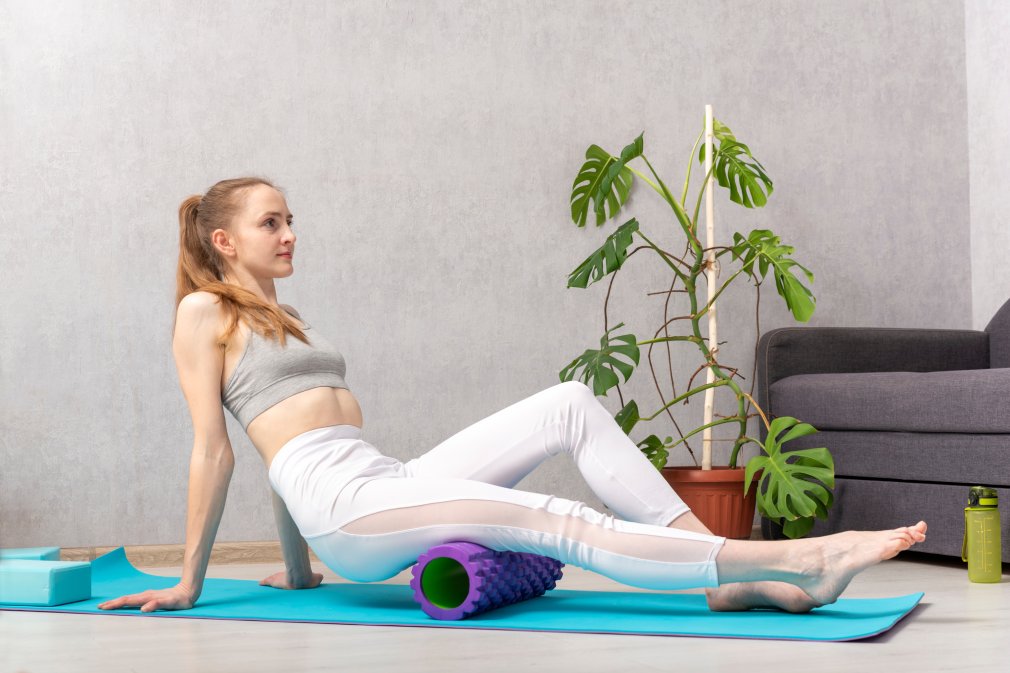
Want to get the most out of your foam rolling? There are specific techniques to help you heal faster and maximize the benefits you get from this approach. Here are some of our suggestions:
Start gradually
The type of roller you use and the amount of pressure you apply can vary depending upon your needs and preferences. When you are just starting out, opt for softer rollers and less pressure until you get used to the process. Your sports chiropractor can help you follow a schedule that works for your body and injury.
Target the affected area
Foam rolling is most effective when it focuses on areas of your body that are tense, injured or sore. In order to identify these areas, consult with a sports medicine professional. They can help you determine which areas would most benefit from targeted foam rolling so you can heal more quickly.
Use the proper techniques
You will get the most benefit out of foam rolling if you apply the correct techniques. For example, the direction you roll, the pressure you apply, the areas you target, and more can all affect the benefits you receive from this approach. Follow your therapist’s instructions for the most benefit.
Be consistent
You may not experience the full effects of foam rolling right away. Instead, you will need to use this technique consistently, over a period of time, in order to enjoy the full extent of healing available through this technique.
Foam rolling is just one approach to treating (and preventing) sports injuries. Let the experts at Dynamic Sports Medicine leverage the gold standard in sports medicine care to help you heal from a wide array of injuries. We use many different approaches so you can enjoy the same kind of healing and support enjoyed by Olympic athletes.
If golfer’s elbow stretches do not deliver the relief you require, you may need to consult with an experienced sports medicine practitioner. At Dynamic Sports Medicine, we make athlete-trusted care available to everyone, so you can overcome golfer’s elbow, and anything else that afflicts you. Let our Austin sports chiropractor help you get the healing you deserve!

